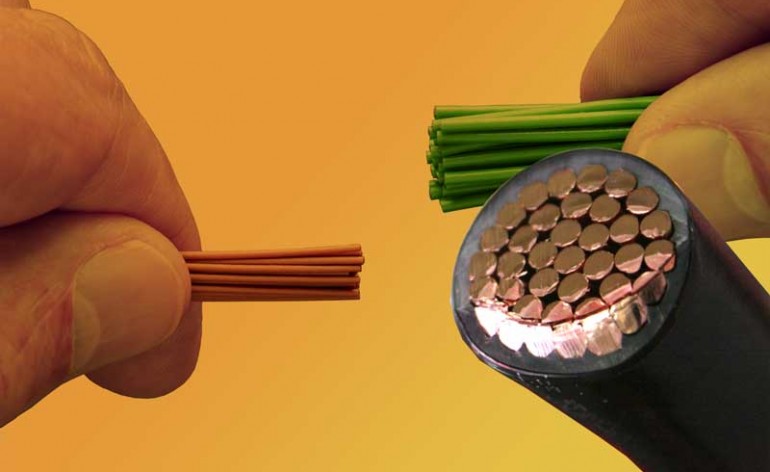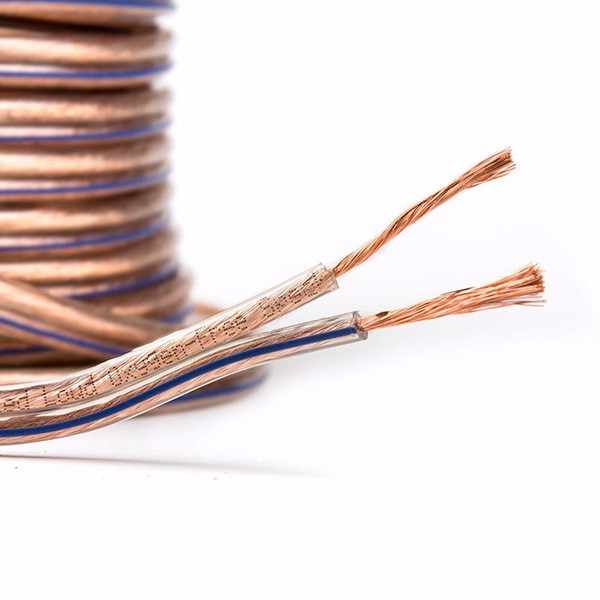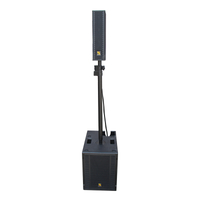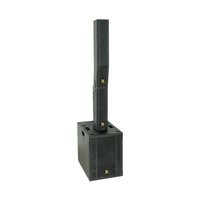
In audio equipment, how much the interconnected wires have on the sound quality of the entire audio system has been debated for a long time in the audio industry, but there is no result. At the same time, everyone believes that the wire will have a decisive influence on the sound effect.
The focus of the speaker cable is to keep the music signal unchanged during the transmission process, that is, zero distortion. In actual use, the resistance, capacitance, and inductance of the wire will affect the passing music signal, causing the signal to form under-damping, missing music information, and blurred details in the transmission. High-quality cables can minimize signal distortion, transmit the clearest and lossless music signals, and have the characteristics of balance and easy control.
The Relationship Between Equipment and Wire Complements Each Other
The function of the wire in the audio system is to connect different related equipment to make the speaker sound. The wire itself does not have the function of active amplification or correction, so it cannot change the essence of the equipment to better, but the high-end wire has good conductivity, excellent transmission capacity, and can keep itself low distortion. Sometimes we feel that the effect has improved by leaps and bounds after replacing it with high-quality wires, which is why.
Whether the cable can help the sound effect significantly improves, the key lies in the system itself. For example, thick bass cables can make the sound of a thin bass system thicker, but if the system itself does not have a good low frequency response, no matter how good the cable is, it is useless.

The Length of the Speaker Cable Will Affect the Overall Sound of the Audio System
How to choose the speaker cable? The one with strong control and clear voice is better. Some people say that a short wire is better, while others oppose it, but they are all right. Within a certain range, the shorter the signal cable and the speaker cable, the smaller the resistance and the smaller the distortion; if the speaker cable is too short, it is not good, because the distance between the two speakers is too close and the sound field cannot be called out. , Left and right channels are muddy, etc.
Therefore, a high-quality speaker cable of moderate length can shorten the distance between the amplifier and the speaker, the low frequency is compact and controlled, and the music melody is distinct.
The Thickness of the Speaker Cables
A speaker wire that is too thin has a large resistance, which will cause more output power of the amplifier, which is consumed in the resistance of the wire, and the loss of bass is particularly serious. Although a wire that is too thick has a small resistance, it is relatively expensive. How to choose depends on each Budget.
Some basic knowledge of resistance is popularized here. The resistance converts the current flow through the wire into heat energy. Generally, the larger the cross-sectional area of the conductor, the smaller the unit resistance value. In the actual situation, many wires we see have coatings, and the thickness of the coatings varies, which is difficult to judge from the appearance size. Therefore, it is best to remove the cladding layer to judge the comparison resistance from the cross-sectional area of the wire.

Electrical Specifications of the Speaker Wire
The most commonly used copper wires on the market are as follows: 1. The material includes the cheap electrolytic copper TPC (Tough Pitch Copper); 2. The high-purity oxygen-free copper OFC that removes impurities such as oxidative impurities contained in the TPC 3. LCOFC (Linear Crystalline Oxygen-Free Copper) is formed by allowing copper to form large crystals and reducing the interfacial voids of crystal particles; 4. OCC (single crystal form) where the crystal particle interface in the signal transmission direction is theoretically zero High purity oxygen-free copper).
When judging the quality of the wire, we often talk about N, which is the purity of the metal material. If the purity is 99.99%, it is called 4N material. Most of the copper above the OFC of high-purity oxygen-free copper is 4N, so the purity may not be measured by ordinary instruments, especially as audio cables. Therefore, next time you see 5N, 6N, 8N or even 9N wire, you can almost conclude that it is 4N.


 English
English












